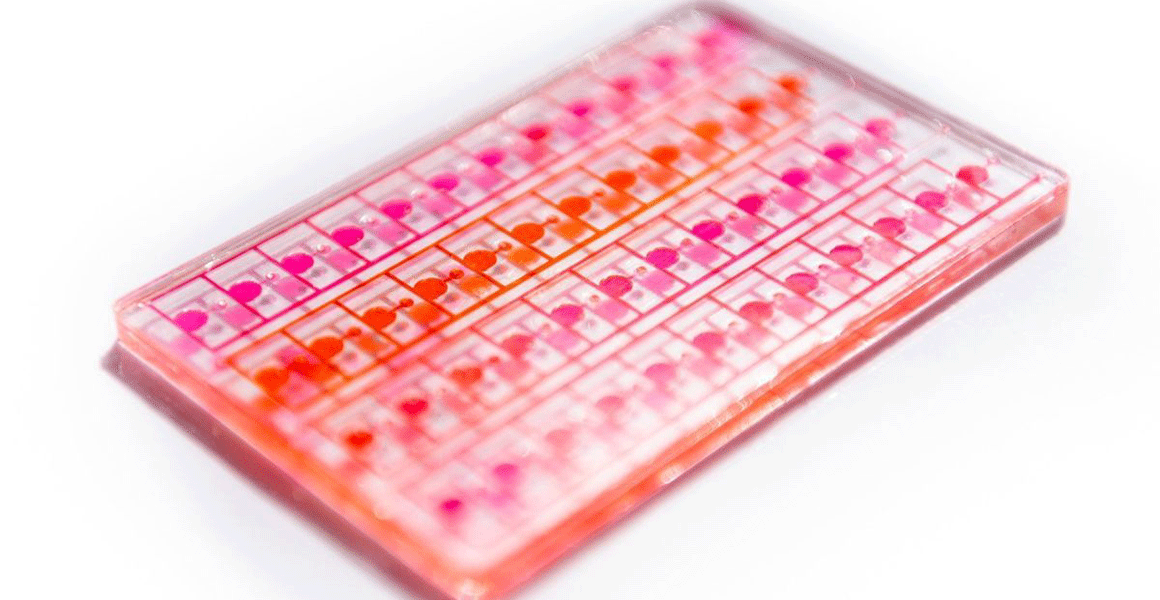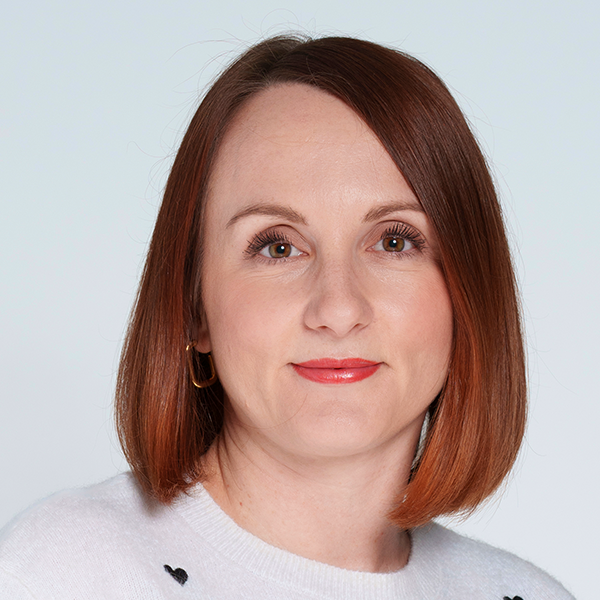The aim of the BodyTox project, which was launched in February 2023, is to simulate the absorption of hazardous chemical substances using a so-called body-on-a-chip method and thereby better assess the risk of possible exposure. Under the leadership of the Vienna University of Technology and together with the Ludwig Boltzmann Institute of Traumatology,, Denz BIO-Medical and Organo Therapeutics, our Centre for Regenerative Medicine and Precision Medicine COREMED aims to develop a platform that can be used to assess the risk of hazardous substances. The so-called body-on-a-chip method will be used as the core technology in the BodyTox project.
"Body-on-a-Chip" means that by using laboratory-grown human 3D mini-organs (organoids) interconnected through nutrient exchange and small channels (microfluidics), a miniature human organism can be replicated. This technology is intended to be used to assess the risk of hazardous substances, particularly neurotoxins, on the human body.
New technology for measuring toxicity
Until now, standardised long-term and short-term studies on the uptake and toxicity of certain hazardous substances have been largely lacking, making it extremely difficult to reliably assess risks based on the existing heterogeneous data landscape. "The BodyTox consortium will now develop the first body-on-a-chip for neurotoxin studies that is truly suitable for this purpose and enables individualised and non-invasive organ-specific read-out," reports Assistant Professor and Deputy Institute Director Petra Kotzbeck from COREMED. She continues: "The body-on-a-chip planned as part of BodyTox will differ significantly in technological terms from the systems that are currently state of the art." To date, there are no multi-fabric models with integrated fluid handling and microsensor technology for neurotoxicity studies.
- Further information on the FORTE-Project BodyTox


